by Ira Wallace
If you haven’t yet picked out your garlic and perennial onion stock, now is the time to order while selection is largest. Or you can stop by our booth at the Heritage Harvest Festival at Monticello September 9, 2017, to make your selections in person with our knowledgeable staff available to answer your questions.
Choosing Perennial Onions
Perennial onions like yellow potato onions yield very heavily in our region (the mid-Atlantic and Southeast). Consider growing some shallots to add gourmet flair to your garden fare. For green onions all winter, White Multipliers and Egyptian Walking onions are both good choices. For more info on growing read Garlic & Perennial Onion Growing Guide (PDF) and our blog post How to Grow Garlic from a Clove can help.
Types of Garlic
For those new to growing garlic the matter of how to pick the best garlic for your garden can be confusing. You have three main options when selecting a garlic variety: Softneck, Hardneck, and Asiatic.
Softnecks include silverskin and artichoke types of garlic. These varieties are the most domesticated. They are among the easiest to grow, and are among the highest yielding and hold longest in storage. But be aware: Often softnecks don’t do too well in extremely cold climates. However many gardeners as far north as New York, Washington state and Maine have had good success with Italian softnecks, Inchelium Red and Silverskins which last 9-12 months in good storage conditions.
Inchelium Red, Lorz, Italian Softneck, Red Toch, Nootka Rose, and Silverwhite are a few varieties of our popular softneck garlics.
Hardnecks include Rocambole and Topsetting types. These varieties have large bulbs with 5-7 large cloves that are easy to peel. Hardnecks grow better in colder climates than warmer ones. Although most hardnecks should be eaten within 4-6 months both Music and Chesnok Red regularly maintain their quality for 7 months or more in good storage conditions here on our central Virginia farm.
Music, Chesnok Red, and German Extra Hardy are popular varieties of Hardneck garlic. Also available in smaller quantities are Romanian Red, Appalachian Red, Turkish Red, Killarney Red and other varieties
Asiatic and Turban types of garlic are now considered a subset of Softnecks but were previously called weakly bolting hardnecks. These are the first to mature in the garden. In warm climates they act like Softnecks, whereas in cold climates they act more like Hardnecks. Available varieties include: Maiskji, Russian Inferno and Shilla.
Elephant garlic is not a true garlic but instead is more closely related to leeks. The large bulbs can weigh 1/2 pound or more. The large individual cloves are easy to peel and have a mild sweet flavor. Elephant garlic grows well through the United States from the Canadian border to Florida. It is especially appreciated by growers in south Florida and areas of Texas where true garlic is difficult to grow.

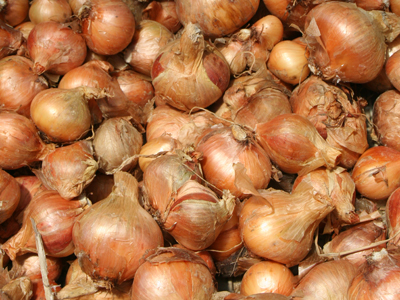
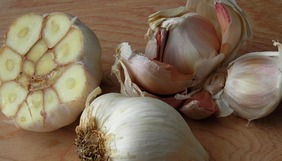
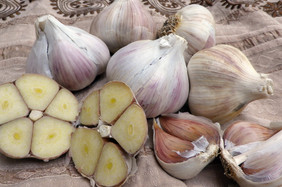
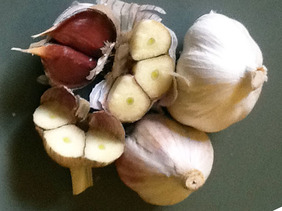


 bachelor button
bachelor button sweet peas
sweet peas calendula
calendula larkspur
larkspur poppies
poppies
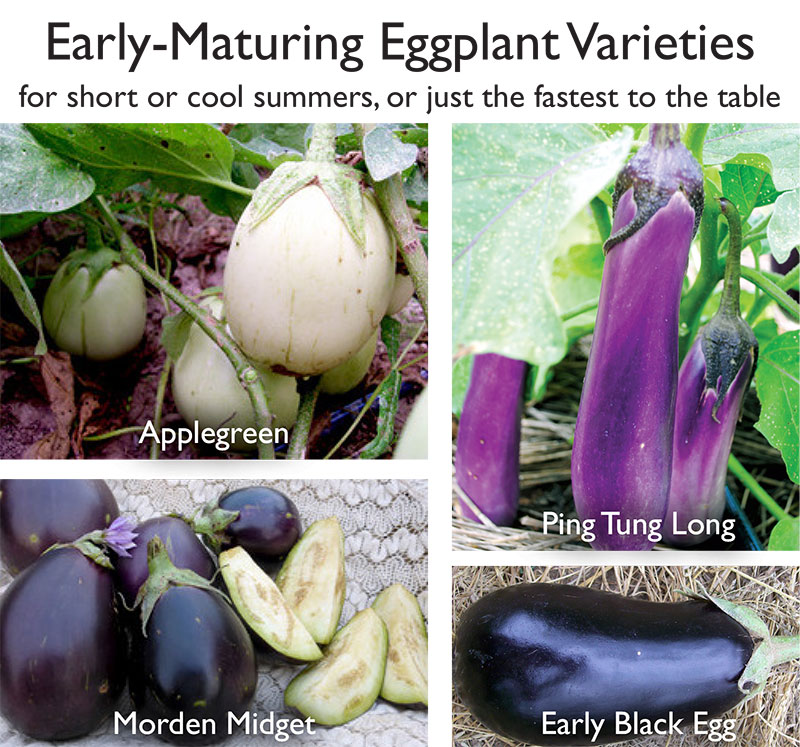
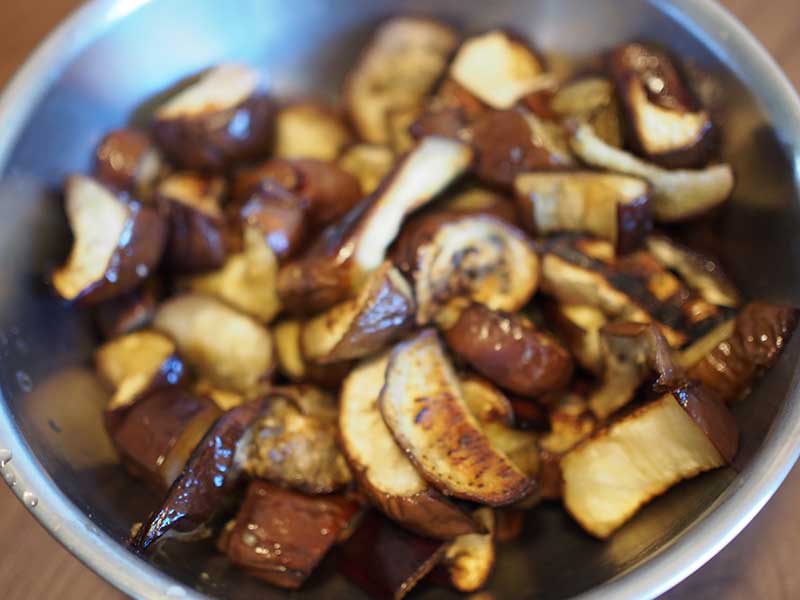
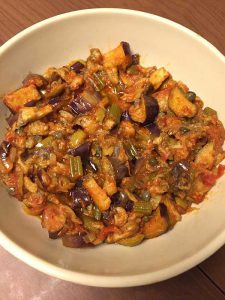 Sicilian Caponata
Sicilian Caponata